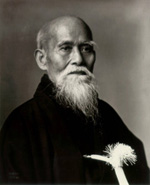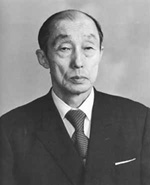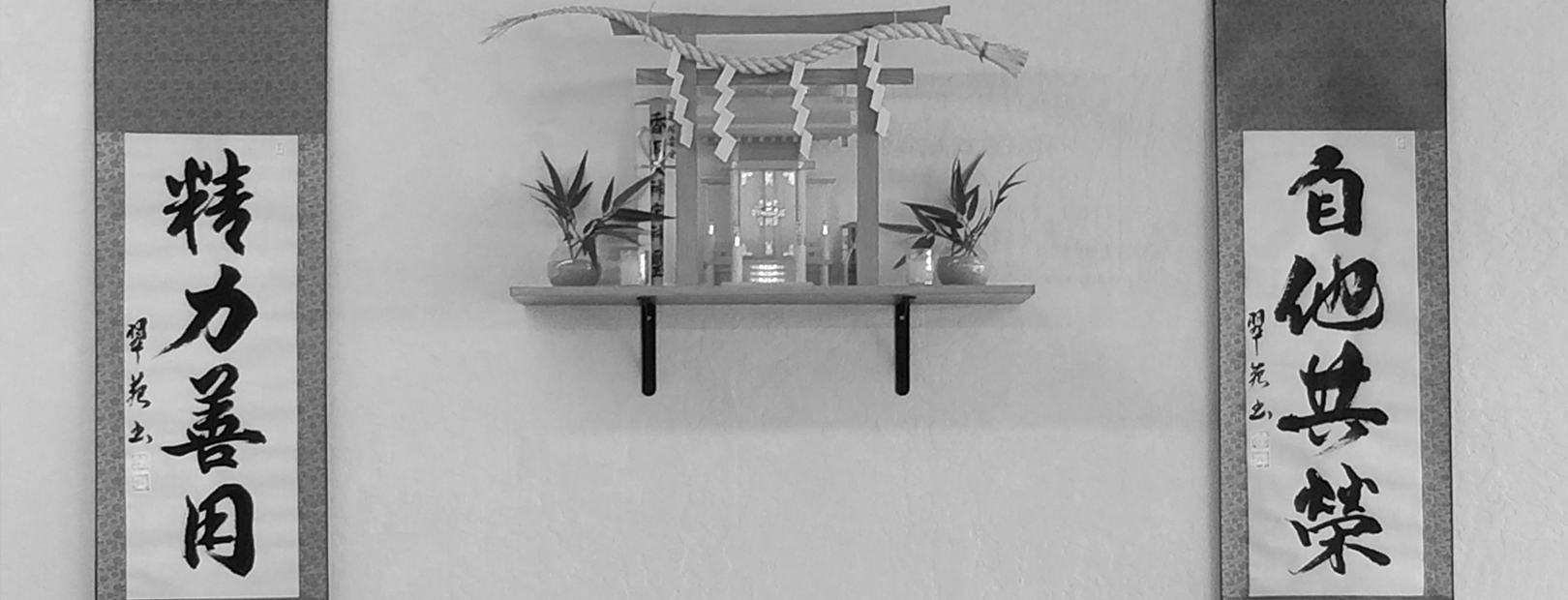Kano Jigoro, Founder of Judo (1860 – 1938)

Judo was arguably the first Japanese gendai budo [modern martial way] to gain international fame. Kano based his Judo on principles he learned from years of training in koryu [old-style] jujutsu systems such as Tenjin Shin’yo-ryu and Kito-ryu.
Kano is also credited with introducing the use of colored belts to differentiate between ranks, a practice now ubiquitous in Japanese, Korean, and certain Chinese martial arts.
Ueshiba Morihei, Founder of Aikido (1883 – 1969)

Aikido was based primarily on the Daito-ryu Aiki Jujutsu of Takeda Sokaku. Over the years, Ueshiba’s Aikido changed, perhaps due in large part to the influence of his spiritual practices. Consequently, students of Ueshiba who trained with him during different periods of Aikido’s development may have very different approaches to the art.
Tomiki Kenji (1900 – 1979)

Tomiki was an early senior student of both Kano and Ueshiba. He was awarded the first Menkyo Kaiden [license of complete transmission – 8th dan equivalent] by Ueshiba in 1940 and was promoted to 8th dan in Judo by the Kodokan in 1964.
Tomiki, a Waseda University professor, developed and systematized a major portion of the curriculum that we currently use at the Renshinkan.

